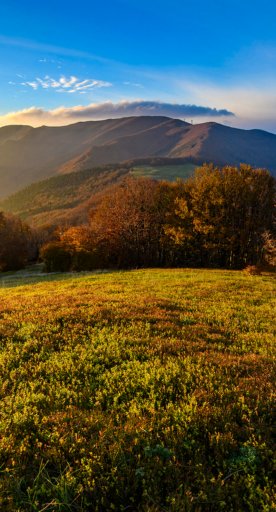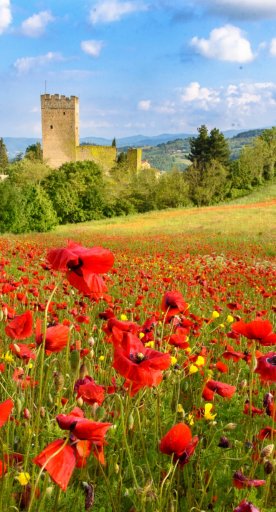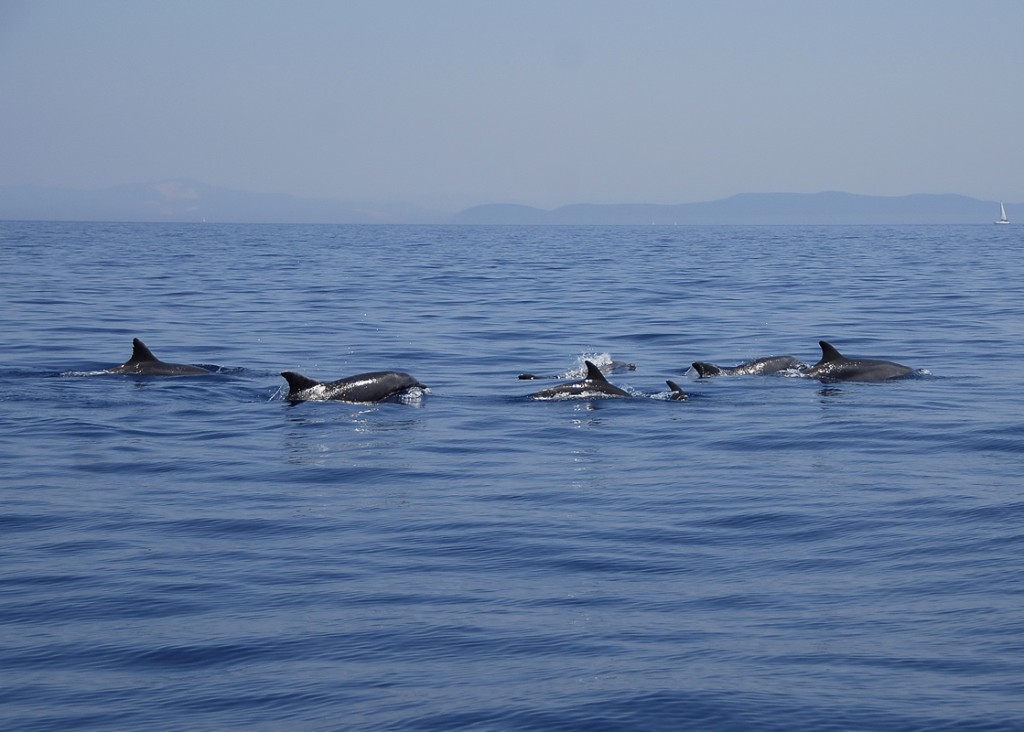Badia Prataglia has a particularly unique urban structure, made up of small inhabited centers called Castelletti that are scattered a short distance from each other amongst the chestnut and fir woods. Today, the Castelletti are connected to each other by a path, accompanied by descriptive panels bringing visitors closer to the area’s traditions, history and memories.
Explore the Parish Church of Santa Maria Assunta, the only remains of a monastery built in 986 and consecrated in 1008. The crypt dates to Roman times, as testified by some of the capitals. The baptismal font and the side altars date to 1630, while the present-day look of the church, with a single nave and a wooden trussed roof, comes from restorations that occurred in the 19th century.
There are two interesting places encompassing the world of trees and forests.
The Forestry Museum, dedicated to the Bohemian forest engineer Karl Siemon, was set up to administer the area’s forests by the Grand Duke of Tuscany Leopold II in 1837. Here, you’ll be able to discover everything about the Casentinesi Forests and the history of forestry work, alongside enlarged images of the Appenines’ flora and fauna, a model of the geology of the territory, reconstructions of natural environments and finds of Apennine mammals.
Next to the museum is the Arboreto Carlo Siemoni. Planted half way through the 19th century by Siemon, it’s the oldest arboretum in Italy, and was created as a site for the experimentation and acclimatisation of exotic and native forest species and of numerous centuries-old trees. The arboretum extends across 3 hectares and is home to 139 tree species from numerous moderate-climate countries. “Legendary” trees take up residence here, such as giant Californian sequoias and Cryptomeria, the holy Japanese tree whose prized wood is used to build Shinto temples.























